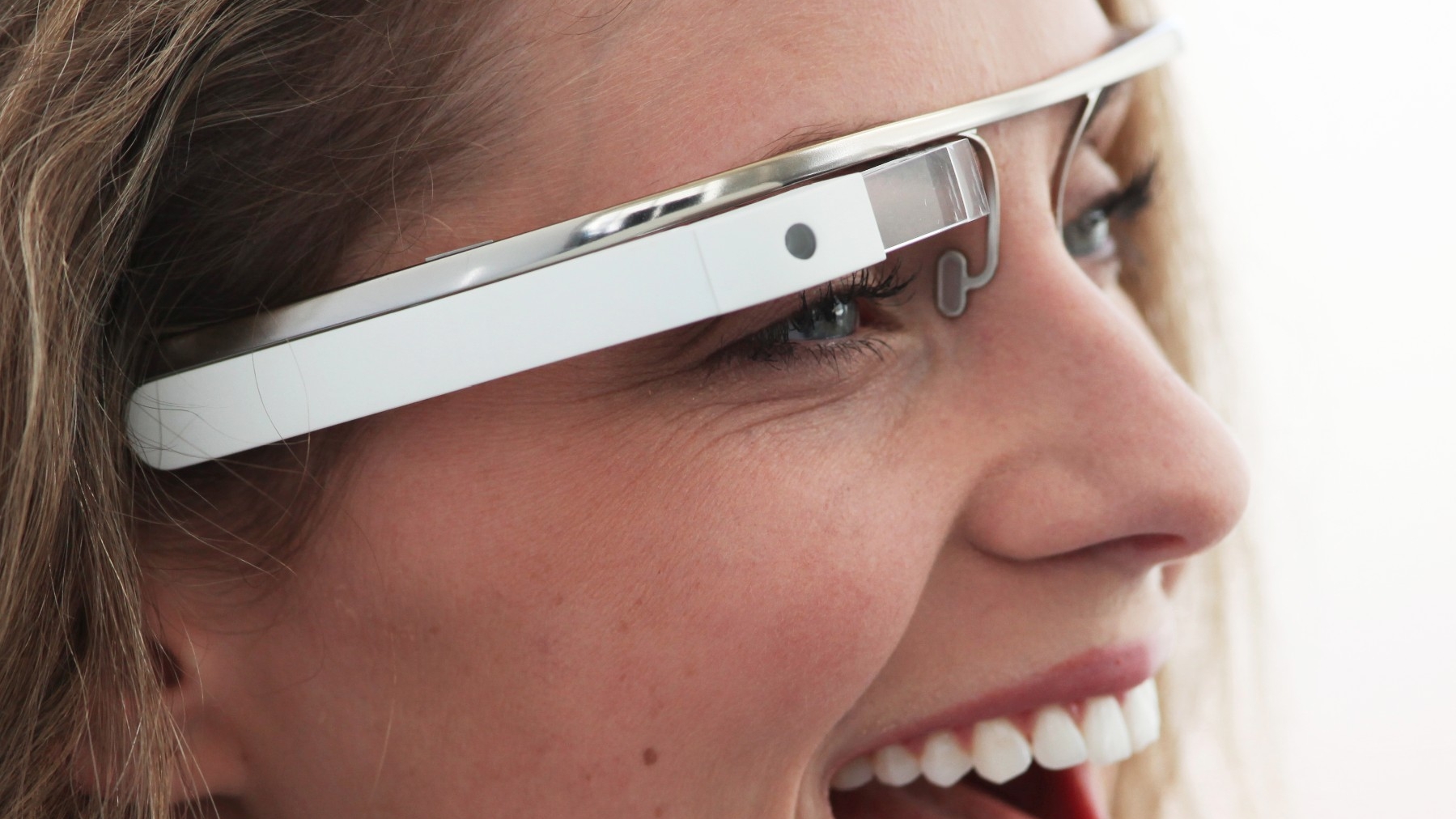How tech is making the workforce more mobile than ever before
Interoperability between devices remains critical

During CES in January 2014, the big mobile device buzz was firmly around wearable technology. The result has been the emergence of mainstream wearable technology in the last 18 months , specifically at CES and at MWC in Barcelona, in the form of smart watches, Google Glass and a plethora of fitness and sleep monitors.
Technology today moves at such rapid pace that many items we have grown up with now include the same connected technology in order to expand their functionality and benefit.
Be it a pen, a watch, or your car for that matter, it is likely to already contain a 'smart' element. We have come across smart devices such as a smart-fork and a smart-toothbrush, just to give you an idea of how far the 'smart' trend has reached.
Technology has always been used to advance business. From making the desktop PC portable through the development of the laptop, to the computerisation of the mobile phone through first PDAs, then smartphones, and now tablets, the modern workforce is increasingly mobile and equally comfortable with the concept of mobile digital technology.
Business value
Whilst wearable technology such as smart watches maybe generating a lot of buzz at the moment, its value to the business user is not yet fully realised. Tablet technologies are moving towards a model where they can be used for note taking in the most effective manner, by writing on them like a "paper-based" tablet, where anything you do on paper is actionable and readable on a computer device.
Tablets might not be fulfilling the needs and requirements of all businesses, as the technology is not transferable to all business processes and workflows yet.
While tablet technologies are growing ever so popular among consumer users and parts of some businesses, many industries still benefit from digitising tasks such as note taking or sketching by using a pen as this stimulates thought processes and allows individuals to make connections they may not be able to draw upon by using a less tactile device or keyboard-driven surface.
Sign up to the TechRadar Pro newsletter to get all the top news, opinion, features and guidance your business needs to succeed!
A recent book by Dr. Sharon Oviat – The Design of Future Education – found that students using digital pens improves the ability to produce ideas, solve problems and make accurate inferences about information by 9-38 percent, when compared to a tablet or keyboard interface.
Where businesses are moving towards more digitised ecosystems, wearable technology already plays a crucial role in the move certain industries are making to modernize their workflow. It is worth noting that the trend is still in its infancy and a lot of work remains before interoperability between devices are fully seamless across a mobile ecosystem.
For example it would be hugely beneficial if an Android device would work across the entire Android ecosystem, though there could be some work to be done here, due to the several different versions of the popular OS in use and the myriad of different hardware platforms in play.
However, there is one piece of technology that is ahead of the wearable technology trend.
Digital pen
Digital writing using a new type of digital pen—different to a stylus which is not integrated to a backend solution—is a proven technology solution that allows for business professionals to carry out important tasks on paper, whilst automatically receiving a digitised copy in the process of everything that is being created on paper.
Where all technology is ultimately designed to streamline processes and make the workforce more agile, the digital pen is a productivity device that allows professionals to automatically send usable data to business-critical back-end systems in real time, thus allowing for improved decision-making and greater productivity.
Digital writing is a paper-light solution for businesses as it allows for single use of paper-based forms, without the need of duplicating information and paper and offers global organisations a way to effectively reduce the consumption of paper in their workflows.
We envision that digital writing technology will be a foundation for a true wearable technology eco-system for an employee. In areas such as data capture in the field, employees will be able to transmit their data via their watch or smart-glasses and provide necessary imagery.
All encompassing solutions such as these would be viable for industries such as law enforcement, insurance and facilities management. Where digital pens have a firm and established user base across the globe, we can see that wearable technology will further strengthen the adoption of digital writing.
- Stein Revelsby is the CEO of Anoto Group AB with over 20 years of international experience within investments, venture capital and strategic consulting.